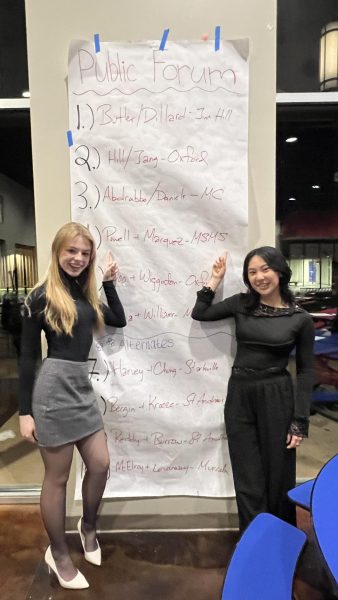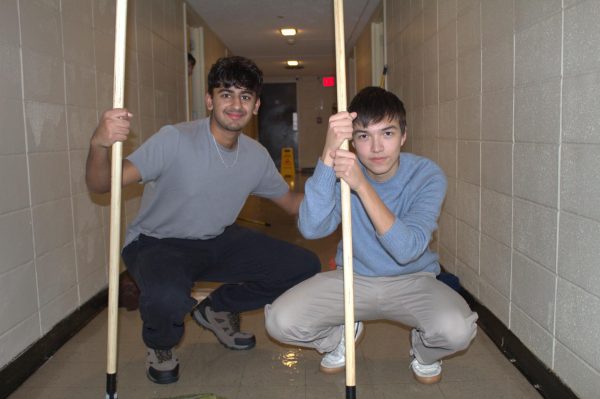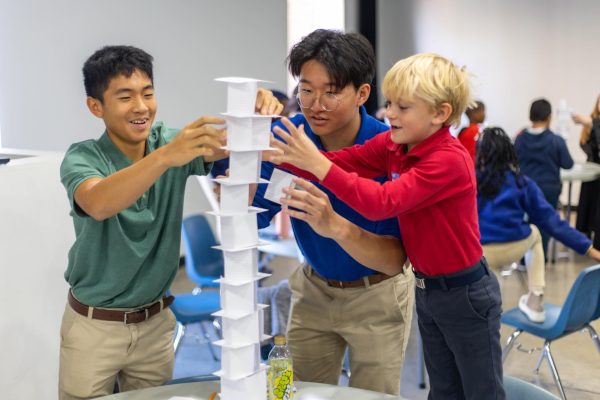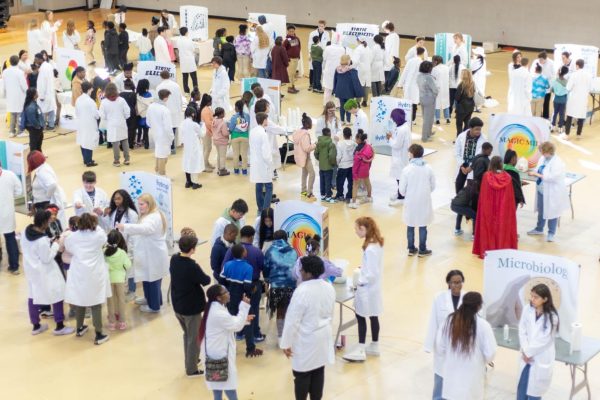Annual Science Carnival Awes Local Children
Presenters were previously trained to spread their knowledge on subjects of inertia, electricity, water lock, color, camouflage, hydrophilic/ hydrophobic, metric system, and pets.
October 30, 2017
The 23rd annual Science Carnival abounded with enthusiasm and wonderment as unique science concepts were showcased to elementary students from the Lowndes County region. Hundreds of curious youngsters and the entire MSMS student body clad in their white lab coats flocked onto the Pohl Gym floor on Tuesday, Oct. 25, in order to relish in the astounding realizations that explanations of various scientific ideas can provide of the world we live in.
The purpose of this educational event is to instill an interest for science in children from a young age, potentially nurturing scientific talent for future generations. The Science Carnival also serves as an outreach path for MSMS to broadcast its wide array of activities and community involvement.
With over 1,000 2nd and 3rd graders from the surrounding counties in attendance, MSMS students played several roles throughout the Carnival, acting as energetic presenters to greeters and guides. Presenters were previously trained to spread their knowledge on subjects of inertia, electricity, water lock, color, camouflage, hydrophilic/hydrophobic properties, the metric system and pets.
The MSMS science faculty organized the activities demonstrated and trained the student presenters on the manner in which to convey the scientific knowledge and conduct the experiments.
Dr. Bill Odom, biology professor, describes the important role of presenting to young children the concepts of scientific methods and the training process for the demonstrators.
“It gives you a different perspective. You’re on the other side of the fence trying to convey information that’s abstract to young minds. It’s a challenge because the first thing that you got to figure is if they understand what you’re saying. You know, some of the vocabulary is pretty challenging so you have to figure out what that level is and then once you make that connection, I think it’s very valuable when you guys make that connection with someone younger than you ‘cause I’m trying to do that all the time or I’m talking right over your head. That’s what you’re trying to avoid and once you make that connection. You can see the excitement on both sides, new knowledge. We try to give you the same perspective, we are then on the other side of the fence trying to explain to you how to make this work but the difference is that you guys have mostly been exposed to it, have had science, you’re older and got the vocabulary, so your challenge is trying to explain it to younger kids,” Odom explained about the two sides of the coin.
Every station, from yanking tablecloths from under glassware to playing with dogs from Mississippi State University College of Veterinary Medicine, portrayed unique pieces of information that students were able to obtain. They were escorted to new booths with entertaining guides and greeters.
Tuesday served as junior Sarena Patel’s first experience as a guide in the Science Carnival.
“The moment I saw the eyes of those little kids light up when a magic fish curled up in a presenter’s hands or when they measured themselves in centimeters is an experience that I will never forget. They think it’s the most amazing thing in the world, and now they want to be scientists or come to this school because they got to see what MSMS is all about and how we meet our four ideals,” Patel exclaimed.
Although the event is organized every year, the MSMS volunteers receive the opportunity to teach different concepts and play distinct roles.
Senior Reyhan Grims performed as a presenter both years of his MSMS career and recounted his responsibilities for both times.
“Last year I did the presentation for the metric system. For that activity, we involved the kids in doing several things, such as seeing how many meters they can jump and weighing themselves, to get them learning about the metric system. This year, I did the hydrophobic and the hydrophilic section and we worked with the kids to tell them how to distinguish the relationships between molecules that were either hydrophobic or hydrophilic, so we used a magic fish, for example, to demonstrate since the fish will curl up in your hands because it was trying to interact with all the moisture in your hands. We all used special sand that did not allow water to go through it to demonstrate hydrophobic,” Grims described.
MSMS has hosted the Science Carnival for over 20 years now, lending to the development and expansion of scholars giving back to their community through works of science and reason.

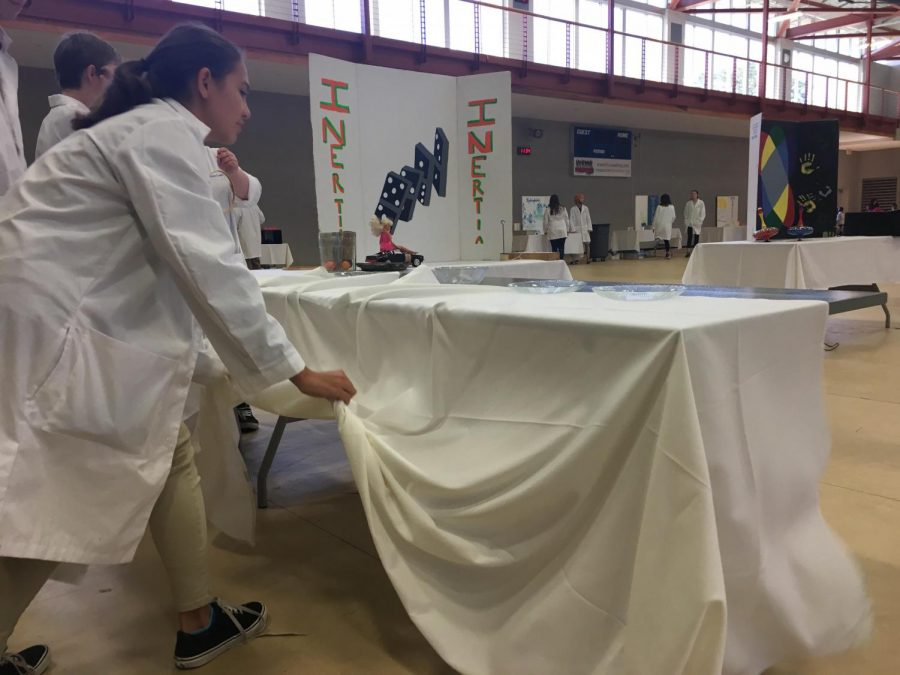
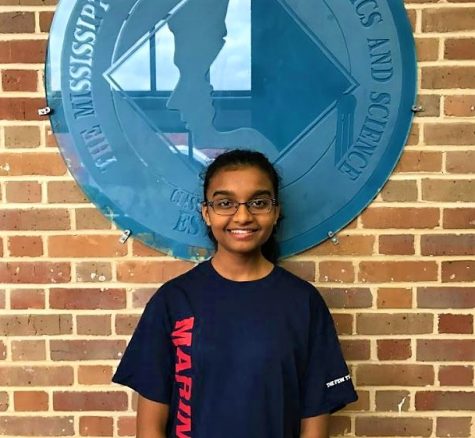
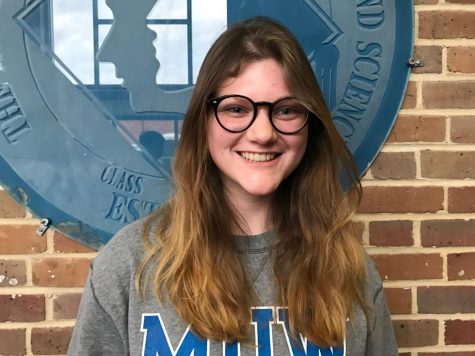
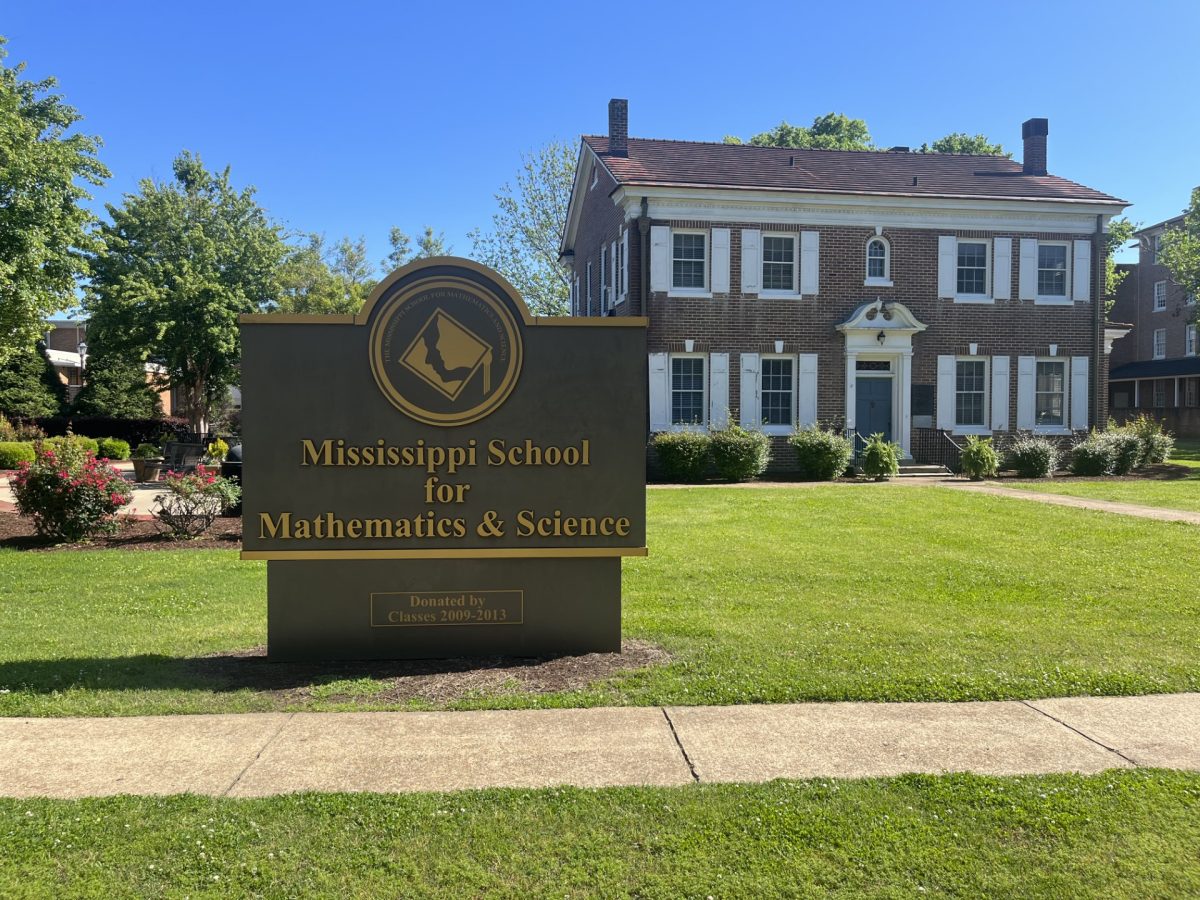
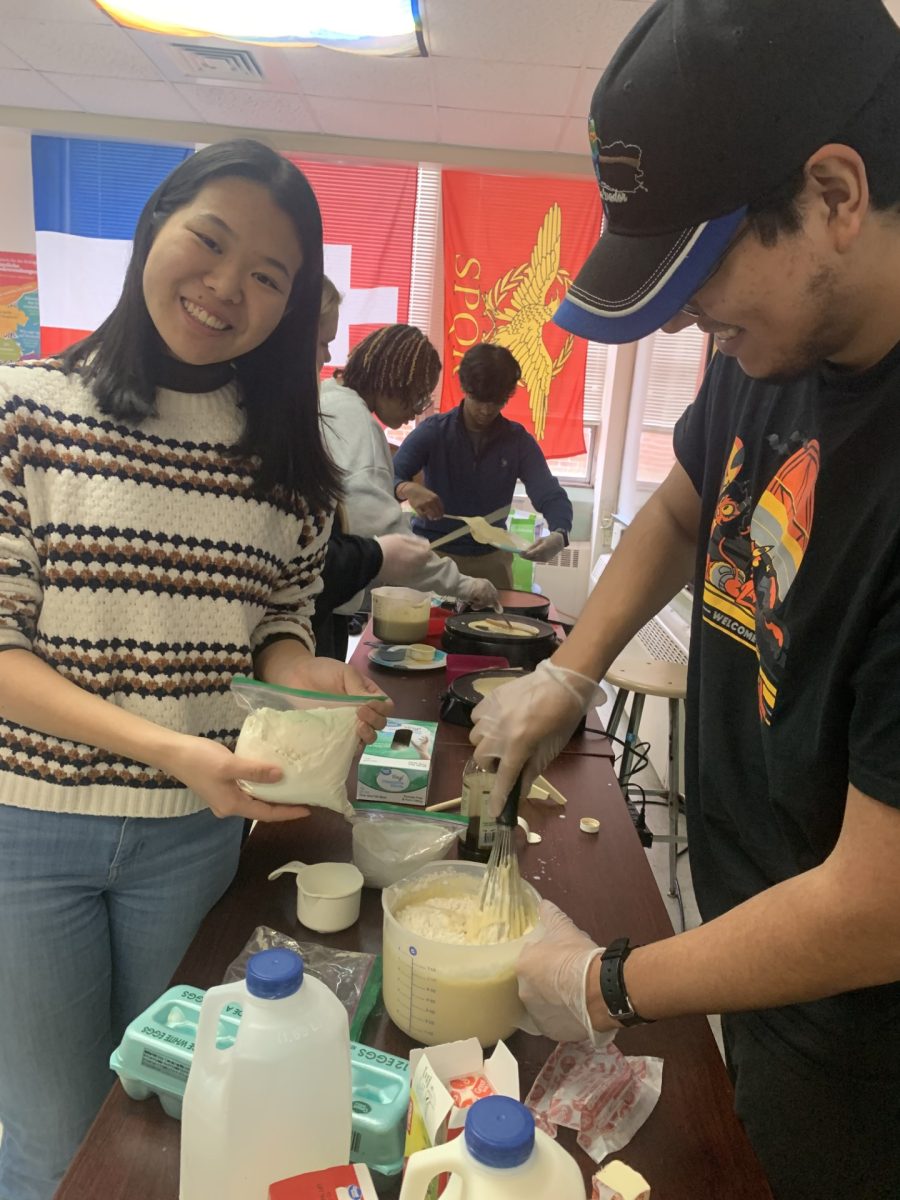
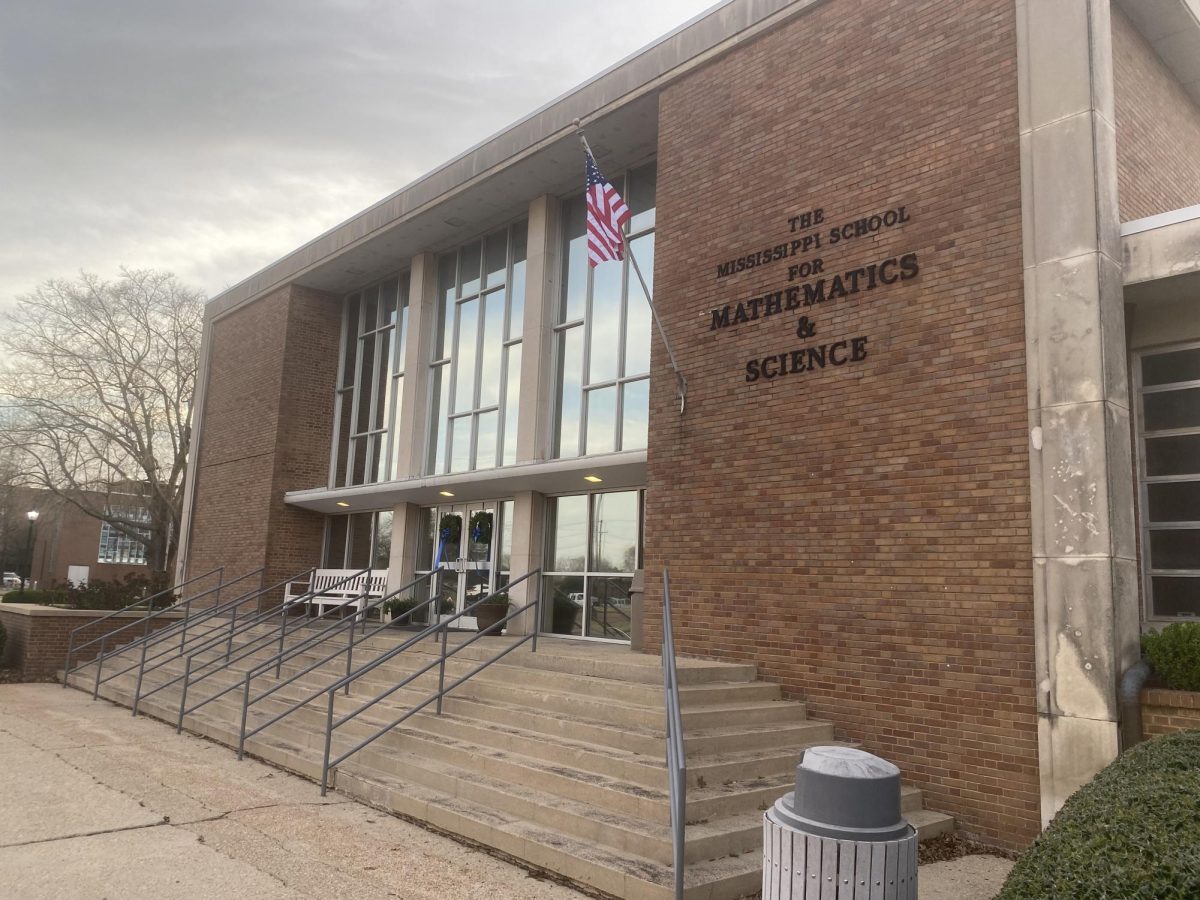
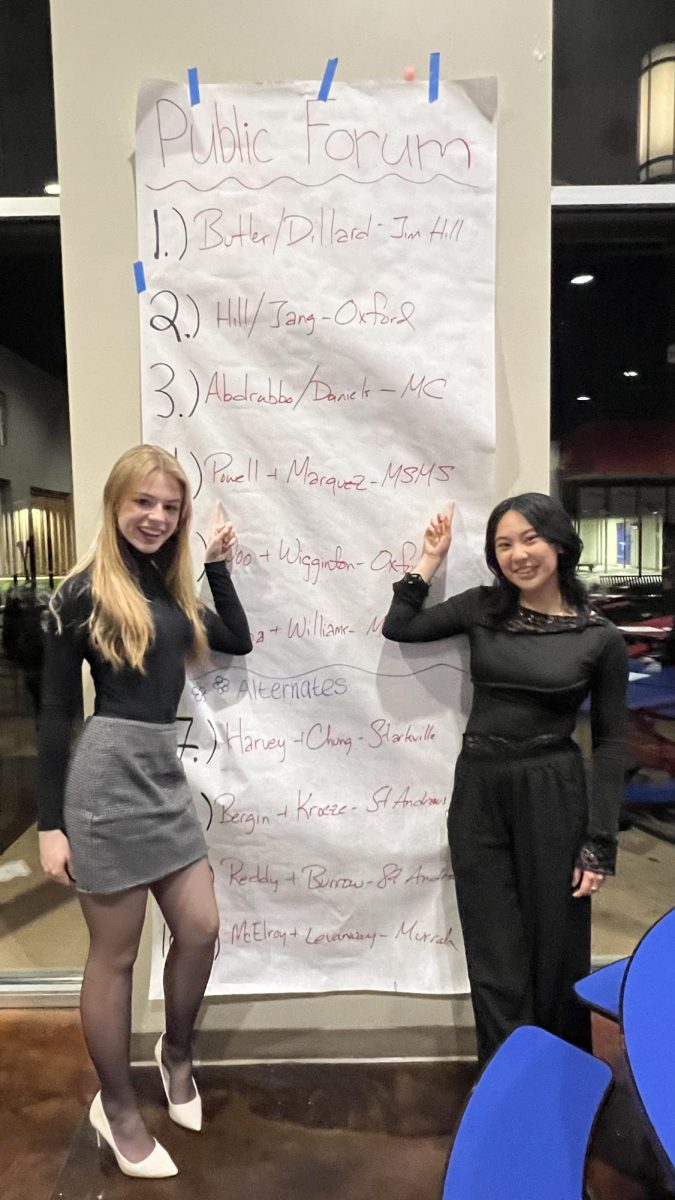

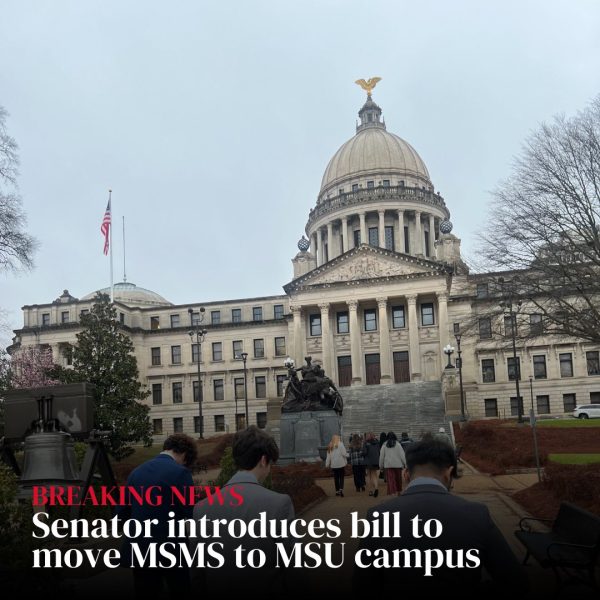

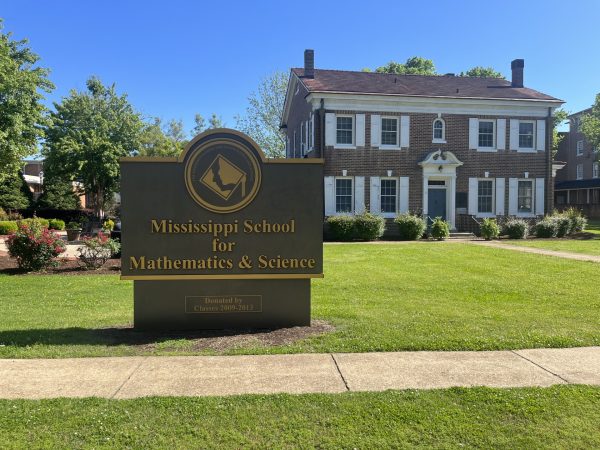
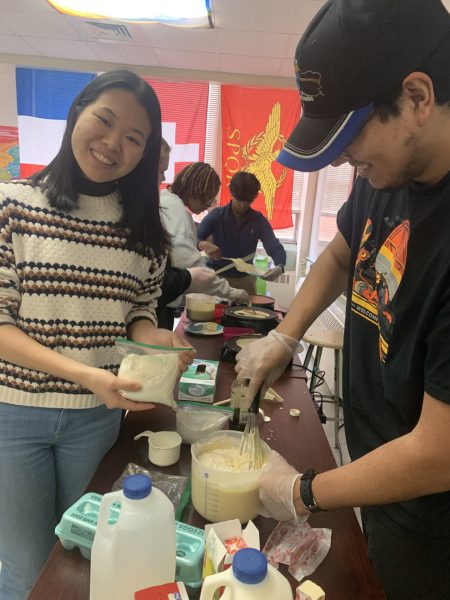
![A bill calling for the relocation of MSMS to Mississippi State’s campus was replaced in committee Tuesday [March 5] with language placing the Mississippi University for Women under MSU’s control.](https://thevisionmsms.org/wp-content/uploads/2024/03/Copy-of-IMG_3636-600x450.jpeg)
